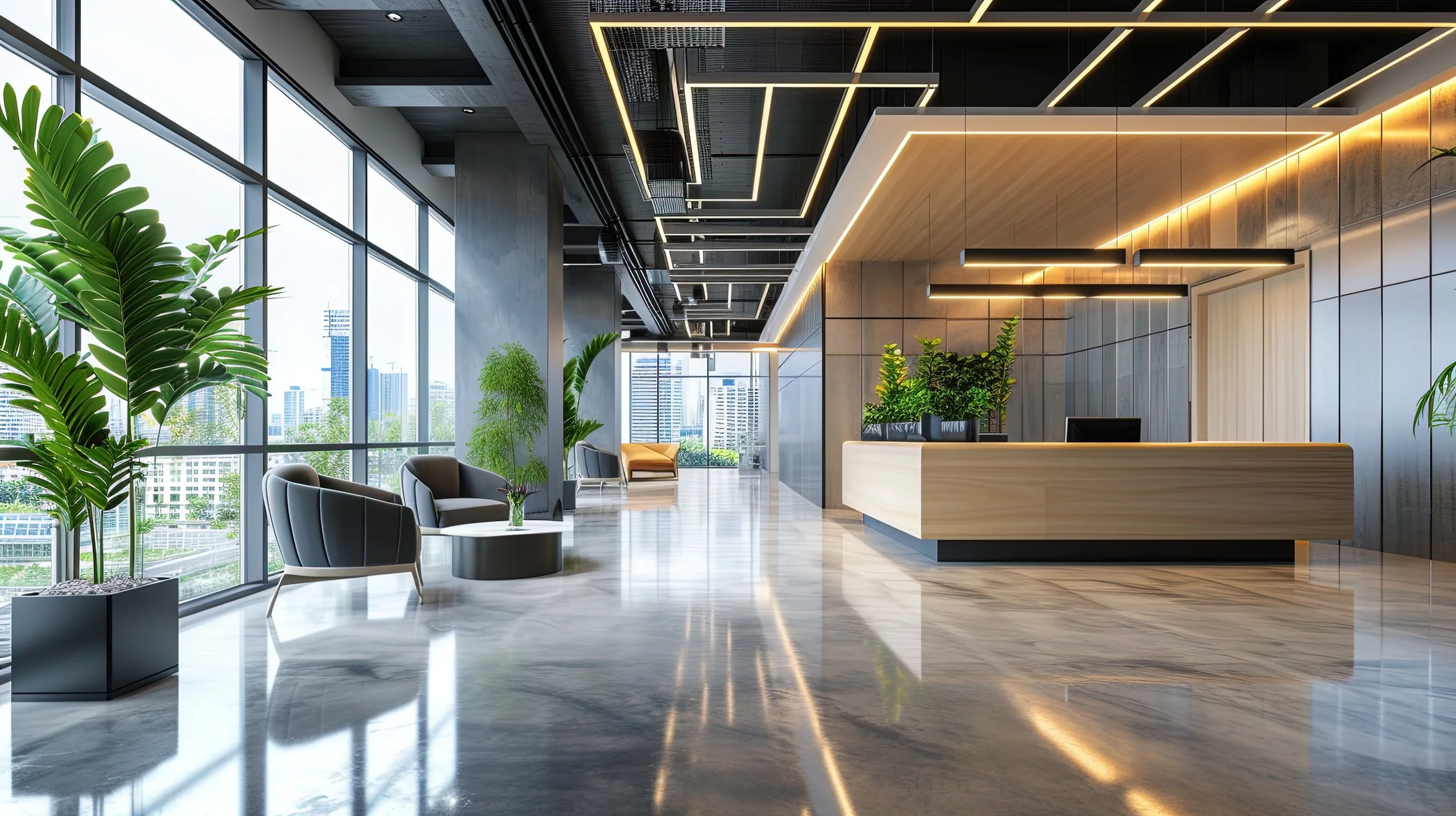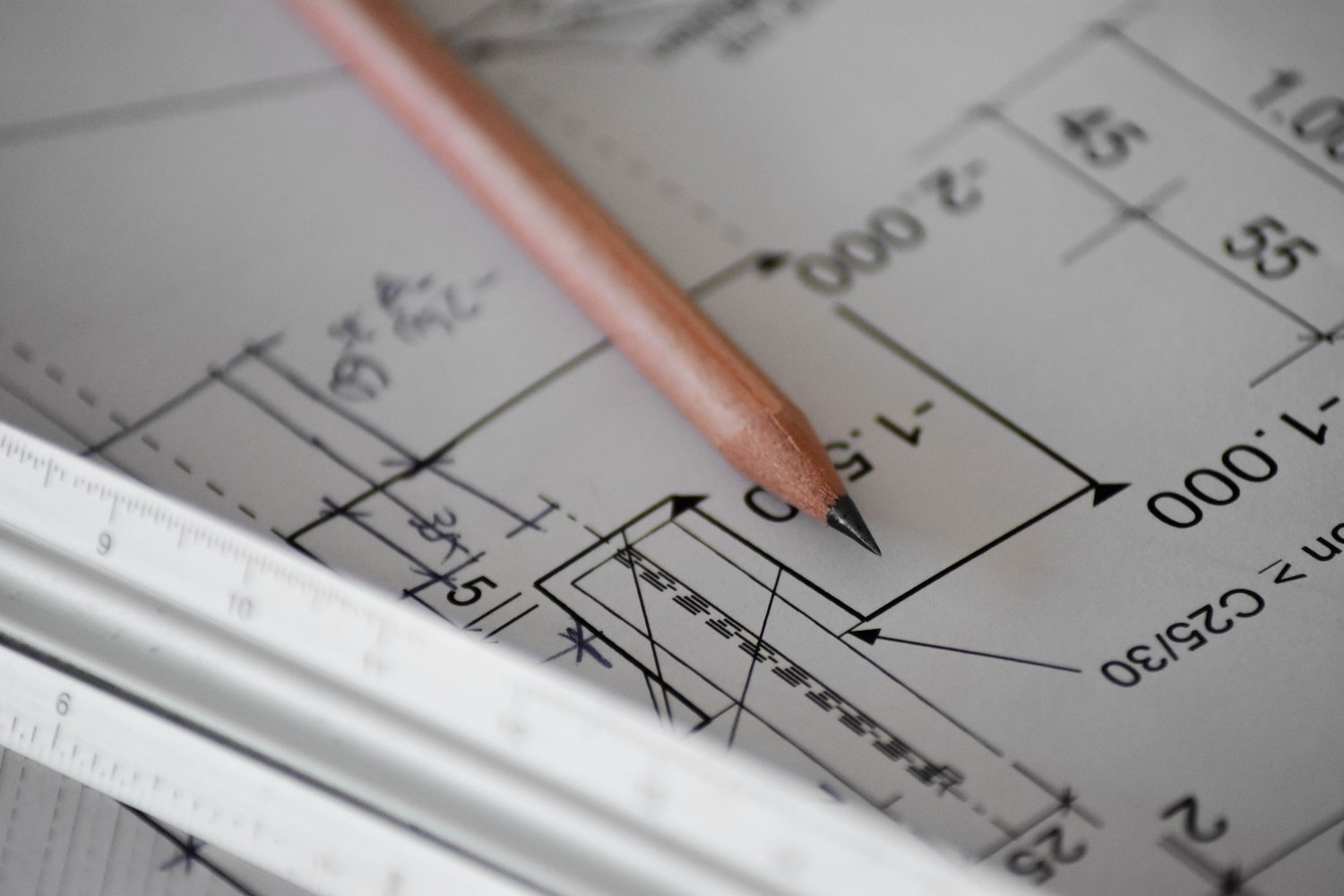How Office Design Impacts Productivity (and What to Do About It)
We’ve all worked in offices that just don’t feel right. Maybe the lighting was harsh, the layout was confusing, or the furniture just didn’t support a full day’s work. And when an office isn’t designed with people in mind, it shows in everything from morale to productivity.
But what if the right office design could actually help your team feel better, work smarter, and stay focused for longer?
Let’s explore how office interiors influence productivity and what you can do to create a space that supports both your people and your business goals.
Why Office Design Matters More Than Ever
Today’s workplaces aren’t just places where people show up from 9 to 5. They’re environments that shape behaviour, culture, and wellbeing. Good office interior design supports collaboration, reduces stress, and helps people do their best work.
Leesman’s 2025 report shows that global office spaces are improving but still have room to grow. Their Leesman Index, a score out of 100 that measures how well a workplace supports employees, rose from an average of 64.3 in 2019 to 69.5 in 2024. However, home working still comes out on top, with an average score of 79.5. This gap suggests that many office environments are still falling short of what people need to feel productive and supported at work.
(Source: leesmanindex.com)
5 Ways Office Interiors Influence Productivity
1. Layout and Flow
Open-plan layouts can encourage teamwork, but without the right balance, they also lead to distractions. On the other hand, cramped or poorly planned spaces can make even simple tasks feel harder.
What to do: Think about how your team works. Create zones for focus, collaboration, and relaxation. Consider flexible layouts that can adapt to changing needs and support different working styles.
Want to see the future of your workspace before it's built? At BSG, we use 3D and virtual reality planning to bring your vision to life.
Contact one of our experts to find out more.
2. Lighting
Natural light is a major productivity booster. In the UK, workers without access to daylight take 6.5% more sick days than those who benefit from it. What’s more, 72% of workers say natural light is one of the most important features of a healthy workplace.
(Source: Harvard Business Review, Leesman)
What to do: Maximise natural light where possible. For darker areas, use layered lighting including desk lamps and warm-toned ambient lights to create a more comfortable and energising space.
3. Acoustics
Noise is one of the top distractions in modern offices. A UK survey found that 81% of employees feel office noise negatively impacts their performance. Another 71% say it leaves them mentally drained, while 60% report being unable to concentrate due to excessive noise.
(Source: Workplace Wellbeing Professional, HR News, Work in Mind)
What to do: Add soft furnishings, acoustic panels, or room dividers to reduce noise levels. Quiet zones and sound-reducing pods are great options for tasks that need deep concentration.
Need help with office acoustics? One of our expert consultants, specialises in this area and would be more than happy to help. Just drop an email to interiors@tbsg.co.uk.
4. Furniture and Ergonomics
Uncomfortable chairs and desks that don’t adjust properly can cause back pain, poor posture, and fatigue. In fact, musculoskeletal disorders are responsible for around 6.9 million lost working days each year in the UK. On average, each case results in 13.9 days off work.
(Source: WorkSafe UK, British Safety Council)
The Chartered Institute of Ergonomics & Human Factors reports that ergonomic improvements can reduce absenteeism by up to 88% and improve productivity by 10 to 15%.
(Source: The Chartered Institute of Ergonomics & Human Factors)
What to do: Choose ergonomic chairs with adjustable height and lumbar support. Sit-stand desks, footrests, and supportive accessories help reduce strain and improve comfort throughout the day.
Not sure what you need? Our consultants offer free DSE assessments to help identify the right solutions for your workplace.
5. Colour and Décor
Colour can have a psychological impact on mood and motivation. Soft blues and greens tend to promote focus and calm, while warmer tones like yellow and orange can spark creativity. A well-designed space with character and greenery has also been linked to lower stress levels and improved mental health at work.
What to do: Use colour strategically based on how each space is used. Incorporate artwork, plants, and natural textures to add interest and help employees feel more at ease.
Want to see what we’ve done for other clients?
Check out these case studies.
Office Design Is an Investment, Not Just a Makeover
Improving your office interior isn’t about following trends for the sake of it. It’s about making your space work better for the people who use it every day.
Whether you're considering a full refurbishment or simply want to make smart changes to how your space is used, small improvements in design can lead to big results in productivity, morale, and wellbeing.
Ready to Create a More Productive Workspace?
At BSG, we’ve helped businesses across the UK design spaces that work better; from contemporary collaborative hubs to calm, focused environments. If you're thinking about how your office design could better support your team, we’re here to help.
Contact our office interiors experts today to start the conversation.






















